Nohwado Island (노화도)
.0M 2022-06-20
813, Nohwa-ro, Wando-gun, Jeollanam-do
+82-61-550-5152
Nohwado Island, a stopping point en route to Bogildo Island, is well known for its abalone and mussel production. The island produces 70% of Korea's cultivated abalone, and offers seashell harvesting programs. Other attractions include Nohwa Red Sea, Geuknaksa Temple, and the 450-year-old hackberry tree.
Jungni Beach (중리해수욕장)
2.2Km 2021-07-14
Jungtong-ri, Wando-gun, Jeollanam-do
+82-61-550-6625
Jungni Beach is the best beach for swimming in the sea on Bogildo Island. The white sandy beach is long and the depth of the water is shallow enough for people to enjoy, even at 200 meters into the water. The beach is also lined with pine trees that provide shade from the hot sun. The road to the beach is also paved, making it easy to reach.
Within a little distance from Jungni Beach there is a small and beautiful beach called Tongni Beach. The silver sand is lined with pine trees and the water is shallow. During summer, visitors can access the shower booths, water fountains, and convenience store at Jungni Beach and Tongni Beach. Accommodations and restaurants can be found in the nearby village. Approximately 1.5 kilometers away, there is an evergreen forest (Natural Monument No. 40) and a river with large black rocks stretching 1 kilometer.
Bogildo Island Seyeonjeong Pavilion (보길도 세연정)
2.5Km 2021-12-23
57, Buhwang-gil, Wando-gun, Jeollanam-do
+82-61-550-5761
Yun Seon-do (1587~1671), a non-military civil administrator and poet in the mid Joseon dynasty, could hardly contain his anger after hearing the news that the king had surrendered during the Byeongjahoran War (Chinese invasion of Korea in 1636). Following the events, he decided to live in seclusion by moving to Jeju Island. However, on the way to Jeju, he came across Bogildo Island and he was so inspired by its beauty that he ended up settling down on Bogildo instead.
For the following 13 years, he composed great poems such as "Eobusasisa (Fisherman's Song for Four Seasons)." Some of the mountain peaks and rocks named by him still remain on the island.
Seyeonjeong Pavilion was built by Yun Seondo and this is the birthplace of his literary works. On clear days, he would come to the pavilion with his family and let singers sing his verses.
Bogildo Island embraces both the Eastern outlook on nature and Neo-Confucianism ideology. While going around the island, visitors will get some semblance of how Yun Seondo harmonized man and nature through the combination of the island's natural and the man-made features.
Bogildo Island (보길도)
5.1Km 2021-09-04
Bogil-myeon, Wando-gun, Jeollanam-do
+82-61-550-5152
Located about 12 kilometers away from Wando Port, Bogildo Island was once inhabited by a famous Joseon poet named Yun Seon-do, who found the island by chance when he sought shelter from a typhoon he encountered on his way to Jeju Island. During his 10-year stay on the island, he built 25 buildings, including Seyeonjeong and Nakseonjae Pavilions. His most noted work "Eobusasisa" was also written here.
The island has three beautiful beaches, serving as a popular vacation destination. The southernmost Yesong-ri Beach is especially popular for its astounding views with a 1.4-kilometer stretch of pebbled shore with an evergreen forest nearby.
Soando Island (소안도)
7.1Km 2021-11-12
Soan-myeon, Wando-gun, Jeollanam-do
+82-61-550-5609
Soando Island was settled by the Oh Family of Dongbok and the Kim Family of Gimhae, who moved to the island during the Imjin War. It was a very patriotic island during the Japanese occupation, stated to have flown the Korean flag all-year round. Patriots like Song Nae-ho, who fought hard for Korean independence, are remembered on the island at Soan Independence Movement Hall.
In addition, Mira-ri and Maengseong-ri Evergreen Forests, which have been designated as Natural Monuments No. 339 and No. 400 respectively, offer a breathtaking ocean view. Mira-ri Evergreen Forest, in particular, is famous for its unique mudflat pebbles. The waters around the island are also popular among fishermen nationwide.
Ttangkkeut Monorail (땅끝모노레일)
13.8Km 2024-02-20
60-28 Ttangkkeunmaeul-gil, Songji-myeon, Haenam-gun, Jeollanam-do
Ttangkkeut Monorail is a tourist monorail that runs to the Ttangkkeut Village Observatory. It takes about 6 minutes for a one-way trip to the observatory, during which passengers can enjoy the beautiful scenery of Ttangkkeut Village in Haenam, stretching from the mountains to the sea. After enjoying the view from the top, visitors can descend via stairs to reach the Ttangkkeut Tower.
Maemseom Hoetjip (맴섬횟집)
13.9Km 2021-03-26
60-18, Ttangkkeunmaeul-gil, Haenam-gun, Jeollanam-do
+82-61-533-3561
It provides a course meal menu that lets you enjoy various types of seafood at a time. This restaurant's signature menu is assorted sliced raw fish. This Korean dishes restaurant is located in Haenam-gun, Jeollanam-do.
Ttangkkeut Village (땅끝 관광지)
14.0Km 2020-06-11
42, Ttangkkeunmaeul-gil, Haenam-gun, Jeollanam-do
+82-61-530-5544
This area is famous as it is on the very tip of the Korean peninsula, located in Galdu-ri of Songji-myeon. This is where Baekdusan Mountain ends reaching the tip of the peninsula. Many people visit the area so they can say they’ve stepped on the end of the land and it has long become a prime destination in Haenam.
At the summit of Sajabong peak there is an observatory that stands 38m high. From the observatory you can get a full viewing of the Dalmasan Mountain in the north while in the east, fishing vessels can be seen skirting deftly on the surface of the sea. Atop the summit of Sajabong peak, there is a restored old beacon (Bonghwadae) which in the past was strategically located to warn of approaching Japanese ships. In the village proper, the area known as Ttangkkeut Village, special events take place to celebrate the end of year and the first day of the New Year, which also draws many tourists to the area from all over the country.
Galdu Village (Ttangkkeut Village) (갈두마을 (땅끝마을))
14.2Km 2020-06-17
82, Ttangkkeunmaeul-gil, Haenam-gun, Jeollanam-do
+82-61-532-3883
Galdu Village, also referred to as Ttangkkeut (Land's-end) Village in Haenam-gun, Jeollanam-do is at the southernmost point of the Korean peninsula. The island has an observatory at Sajabong Peak, where one can get an unobstructed view of the southern archipelago, and even a glimpse of Hallsan Mountain on Jeju Island on a clear day. The name "galdu" originated from the Chinese characters for arrowroot, which was commonly found in the nearby mountains.
Ttangkkeut Sunset & Sunrise Festival (땅끝 해넘이해맞이축제)
14.2Km 2020-02-12
42, Ttangkkeunmaeul-gil, Haenam-gun, Jeollanam-do
• 1330 Travel Hotline: +82-2-1330 (Korean, English, Japanese, Chinese) • For more info: +82-61-530-5159
Ttangkkeut Sunset & Sunrise Festival takes place annually December 31 - January 1 at Ttangkkuet Village in Haenam-gun, Jeollanam-do. The festival includes a sunset and sunrise ceremony. The festival is famous for the unique view of the sunrise between Hyeongjebawi Rocks next to Galduhang Port.

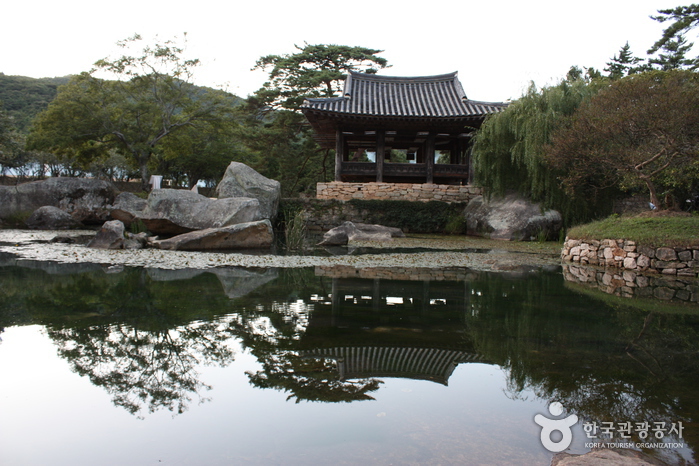
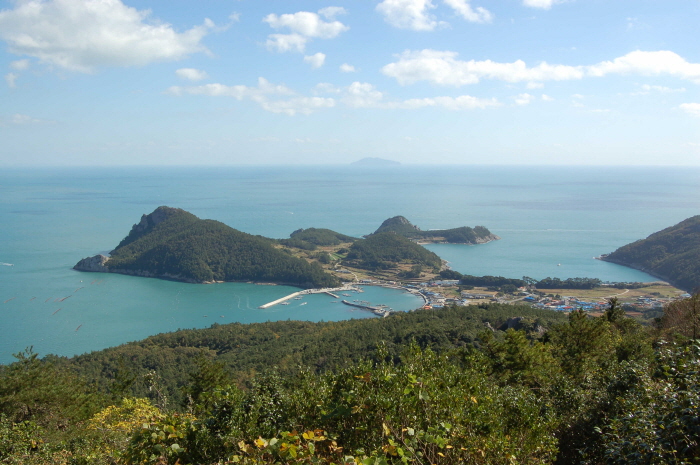
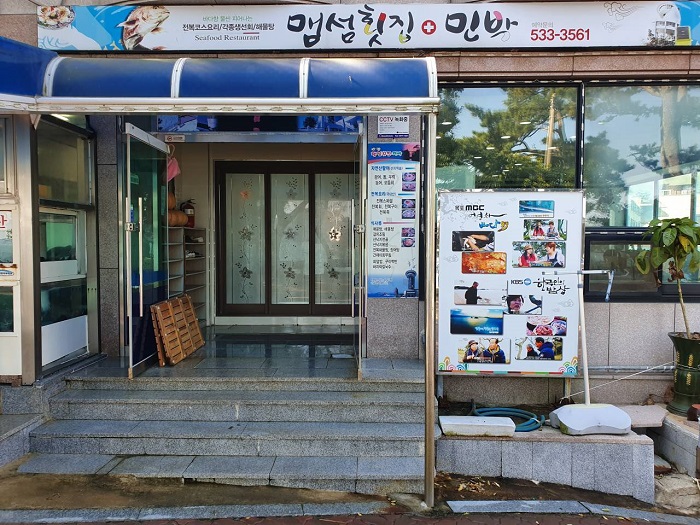
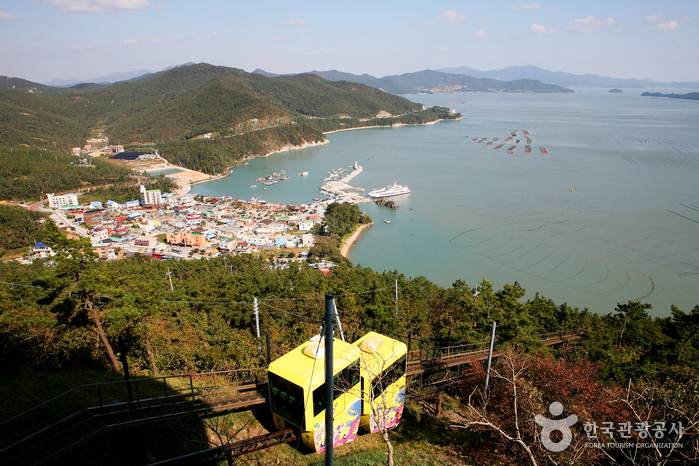
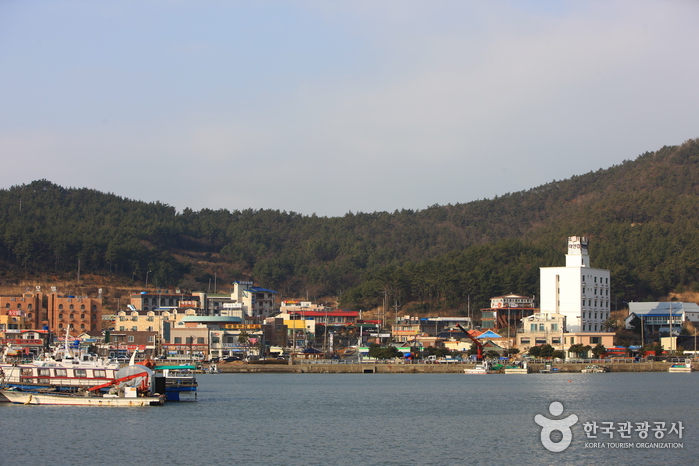
 English
English
 한국어
한국어 日本語
日本語 中文(简体)
中文(简体) Deutsch
Deutsch Français
Français Español
Español Русский
Русский